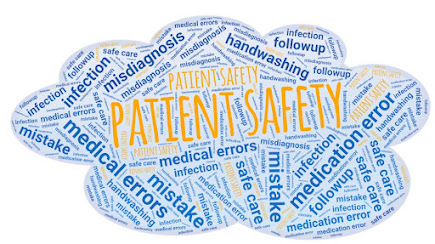Two Days of Learning
I just spent two days at the
Health Care Advocate Summit. I planned
to go to see what is happening in the world of patient/healthcare
advocacy. First, we should understand
the many different areas of advocacy.
There are advocates who work
for a healthcare institution, work for “big pharma” (pharmaceutical companies), who work
out of doctors’ offices and yes, independent patient advocates who are hired
and paid for by the patient and/or the patient’s family. There are advocates who specialize in
healthcare billing concerns, insurance questions, access to medical care and treatment,
and financial navigation. Many
independent patient advocates may pay attention to those areas and have an
expertise, but others may focus on rare diseases, chronic medical conditions,
older adults, pediatrics, cancer, etc.
I’m sure you get the idea.
Though this conference was both virtual and in person (I
chose to be there in person to meet some of the people I have already met over Zoom),
the “independent” patient advocates seemed to be very few. Missing were the words “patient safety”.
Though I get that people who have an illness need help
navigating the health care system, getting proper medication or assistance with
their plan of care, the word “safety” was never used until I brought it up.
While most patient advocates seem to be on a mission to help
people get well, we are missing the point that medical errors, which happen to
the people using the healthcare system, are still a serious problem. The
speakers at the conference often sounded like commercials for the companies
they worked for. It seemed like a competition about which company advocates
should use for their clients. Much of
the information was important and I learned a lot as well as got some good
resources I might use. But still, medical mistakes and injury is a huge
obstacle to getting well.
When a speaker talked about insurance companies and
third-party administrators (TPA’s) that provide administrative services
for self-funded or self-insured health plans, I asked why educating the public about
medication safety isn’t part of the dialogue in saving money for these
companies. After all, each year the U.S. Food
and Drug Administration (FDA) receives more than 100,000 reports associated
with a suspected medication errors, and each year in the United States alone,
7,000 to 9,000 people die as a result of a medication error. To the speaker (and audience) I cited the
statistic that medication errors cost $40 billion each year. In addition to the
monetary cost, patients experience psychological and physical pain and
suffering as a result of medication errors.(1)
So, I never did get an answer
because though the speaker agreed that it’s a problem, he explained that the
public or consumer is “not ready” to be educated on medication safety. I
strongly disagree, and our Pulse Center for Patient Safety Education &
Advocacy’s work in this area, assisted by other patient safety leaders suggests
just the opposite.
I did learn some other things,
such as where people who need financial support for their illness may be able
to get it if they can’t afford their medications or medical care. It all
depends if the funding is available.
Not sure how far we have come
in 25 years.
(11) https://pulsecenterforpatientsafety.org/oneisanumber-medicationsafetyerrors/



